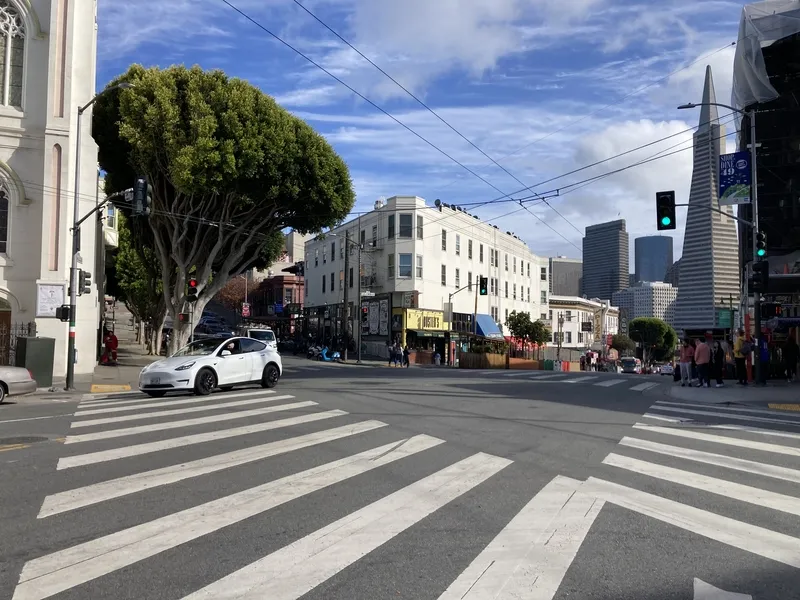According to the
The result is that CDOT is to equip a further twelve safety zones around parks and schools, two zones in each of the six city regions, with automated speed enforcement (ASE) cameras
“We are pleased with the dramatic impact the children’s safety zone program has made to reduce speeding and improve safety,” said CDOT commissioner Rebekah Scheinfeld. “The whole goal of this program is making it safer for children and families to walk to school or go to the park, and clearly we’re making real strides toward that goal.”
Cameras in Chicago children’s safety zone program reduce speeding
According to the Chicago Department of Transportation (CDOT), data from speed cameras currently operating in its children’s safety zones shows that speeding is decreasing in those areas. The number of speeding events recorded by each camera has reduced by an average of 43 per cent from the first week of its operation to last week, and as much as 99 per cent in some locations. Data shows that 39 per cent of all violations issued have gone to non-city residents.
The result is that CDOT is to equip a furthe
August 1, 2014
Read time: 2 mins










